Black Hanamaru Kofurisode
This is a piece I’ve already shown you, I wore it the first day it arrived, but it also needs a decent catalogue entry, so please bear with me.
Yamatoku was having a sale over the summer of graduation kofurisode overstock. Kofurisode are shorter-sleeved furisode, typically worn with hakama. Girls often wear them during high school and college graduation, so about a month after graduation season, kimono retailers will typically have a large number of modern, synthetic, mass-produced kimono available for good prices.
I don’t usually like modern kimono, and furisode even less, so I honestly wasn’t expecting to pick one of these up. However, when I found this one I had to cave in. It’s komon-style (all over pattern), so it doesn’t scream “furisode” to me. If anything, between the sleeve length and the bright all-over pattern, it looks more like a vintage everyday kimono than a modern graduation outfit. Because it’s modern, it’s nice and large and actually fits me nicely. It was also a steal at $19.95. How could I say no?
The patterns are hanamaru, which are decorative balls of flowers. They’re primarily fall and winter flowers; ume and kiku. There’s also some sort of berries or tiny flowers, I have no idea what these represent. If you know, please comment and help me out! There’s also some subtle trellis designs which add a nice geometric element and keep it from feeling too twee or girly.
The hakkake is a deep yellow, and there is a matching built-in kasane-eri. I hate those damned things, but it does add a nice vibrant touch of colour up by my face, and helps to break up the black, so I’ll probably leave it in there.



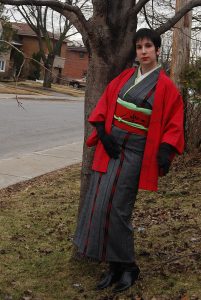
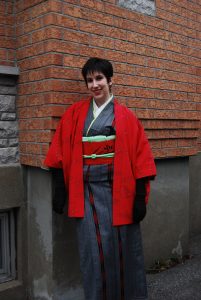
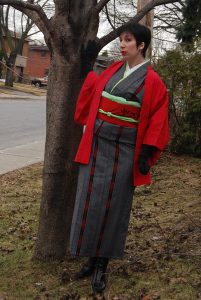
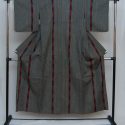
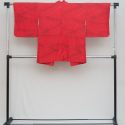
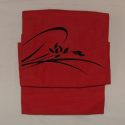
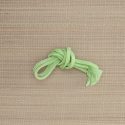
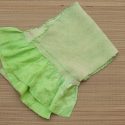












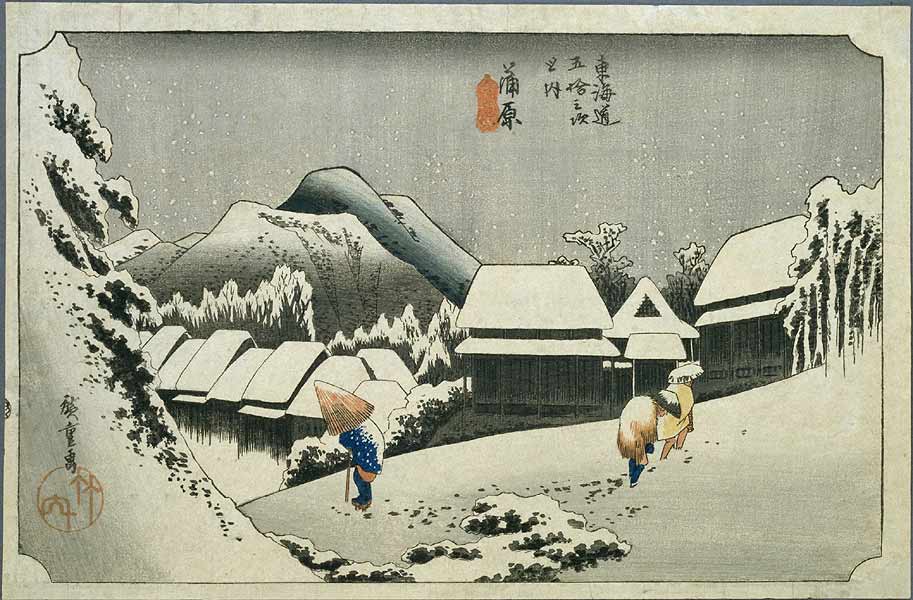























 Bebe Taian
Bebe Taian CHOKO Blog
CHOKO Blog Gion Kobu
Gion Kobu